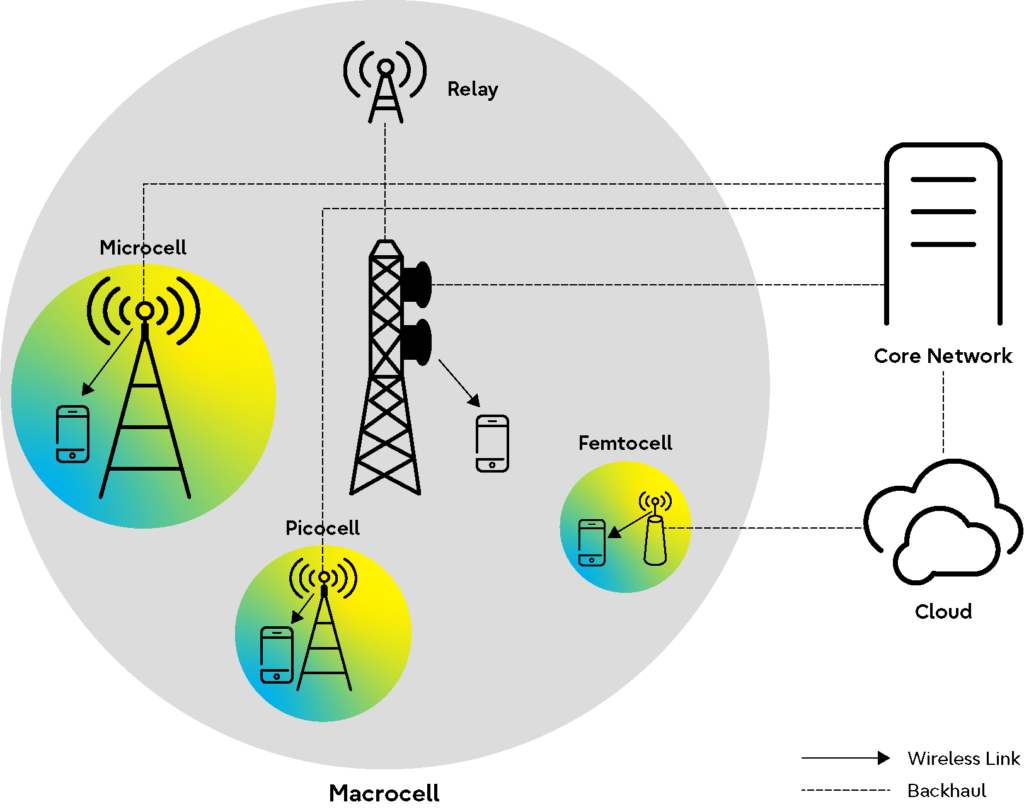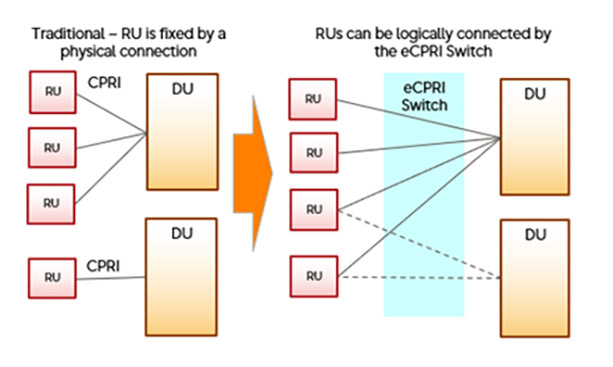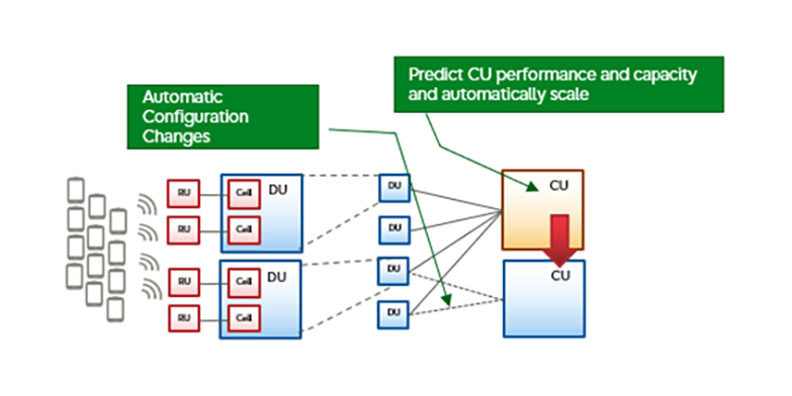
Historically, the quest for a sustainable society has sometimes been at odds with corporate goals to increase shareholder value by focusing on the bottom line. Fortunately, this is not always the case. For example, Fujitsu is transforming business by connecting people, technology and ideas to create a more sustainable society. While there are many ways Fujitsu is driving toward sustainability, including digital transformation, business applications, manufacturing and hybrid IT, this blog will focus on how Fujitsu is increasing green power savings in the Radio Access Network (RAN).
With the potential to help reduce CO2 emissions compared to conventional base stations by 50% by 2025, much of our effort in the RAN network will be focused on power savings. Four of the primary ways we intend to achieve this are:
- Develop more advanced sleep control applications to further reduce power consumption while maintaining Quality of Experience (QoE),
- Increase efficiency of Virtual Centralized Units and Distributed Units (vCU & vDU or vCU/DU),
- Real-time Control with Dynamic Resource Allocation, and
- Virtual RAN (vRAN) Autoscale.
Advanced Sleep Control
Sleep control systems themselves are not new. They have long been used to reduce the power of radios during off-peak hours when traffic demand is lower, such as the middle of the night. However, most sleep control systems still require some power as the radios continue to listen for potential users that may want to use resources. Fujitsu’s Advanced Sleep Control will change this by completely powering down radios when possible.

In the diagram above, multiple microcells and/or small cells are deployed in high traffic areas to offload traffic from the macrocell. This network design frees up the macrocell to provide higher performance at the cell edge. Late at night, when high-traffic areas are unlikely to be used, these cells are no longer needed for capacity offload. Fujitsu’s Advanced Sleep Control will completely turn off power to these cells so that no power is consumed when no data is being transmitted. This feature results in “Zero Power Standby” functionality. The same approach can be applied to individual carriers to reduce power when the cell is lightly loaded.

As demonstrated in the graph above, this capability can dramatically reduce power consumption when radios are lightly loaded or inactive. Moreover, up to 30% power reduction in high load radios is expected to come from advanced high gain antenna solutions that are being developed for Antenna Integrated Radios and Massive MIMO radios.
Increased efficiency of vCU/DU
A key business driver of virtualization is the ability to reduce costs through the economies of scale of general purpose servers. However, general purpose servers are not necessarily optimized for all telecom applications. By adding a Peripheral Component Interconnect (PCI) Accelerator card to general purpose servers used for the DU, Fujitsu is able to offload some calculations to the accelerator card. This maximizes performance and can significantly increase the number of cells supported by each DU. By increasing the capacity per DU, the DU power is spread over a larger amount of traffic, thereby reducing the DU power consumed per unit of capacity.
Real-time Control with Dynamic Resource Allocation
Traditionally, Radio Units (RUs) were connected directly to a specific DU, and this connection remained static regardless of the amount of traffic carried by the RUs. However, when using a centralized RAN architecture, it is possible to pool RUs across a cloud of shared DU resources via an enhanced Common Public Radio Interface (eCPRI) switch. This allows the operator to use DUs more efficiently. Through the economies of pooling, an operator can reduce the number of DU servers deployed, which reduces the power savings roughly proportionally. In addition, by grooming and concentrating traffic onto a subset of DUs, it may be possible to power off unused DUs, further reducing power consumption.

vRAN Autoscale
In the same way that pooled DUs can support multiple RUs, a pool of CUs also can support a pool of DUs. This vRAN autoscale capability, which is a feature of the RAN Intelligent Controller (RIC), allows more efficient distribution of traffic across CUs. By concentrating the traffic onto a few CUs, the operator has the option to power off a CU to save energy, but its capacity can be added back into the network if traffic suddenly spikes.

Sustainable Tomorrow
In an increasingly divided world, it’s a breath of fresh air to find win-win solutions on which everyone can agree. As we all work together toward a more sustainable society, Fujitsu will continue to do our part. By optimizing the 5G vRAN for greater sustainability, we will enable network operators to significantly reduce the environmental impact of their operations for a better tomorrow. To learn more about how Fujitsu is contributing to a sustainable society, visit our Sustainability site.